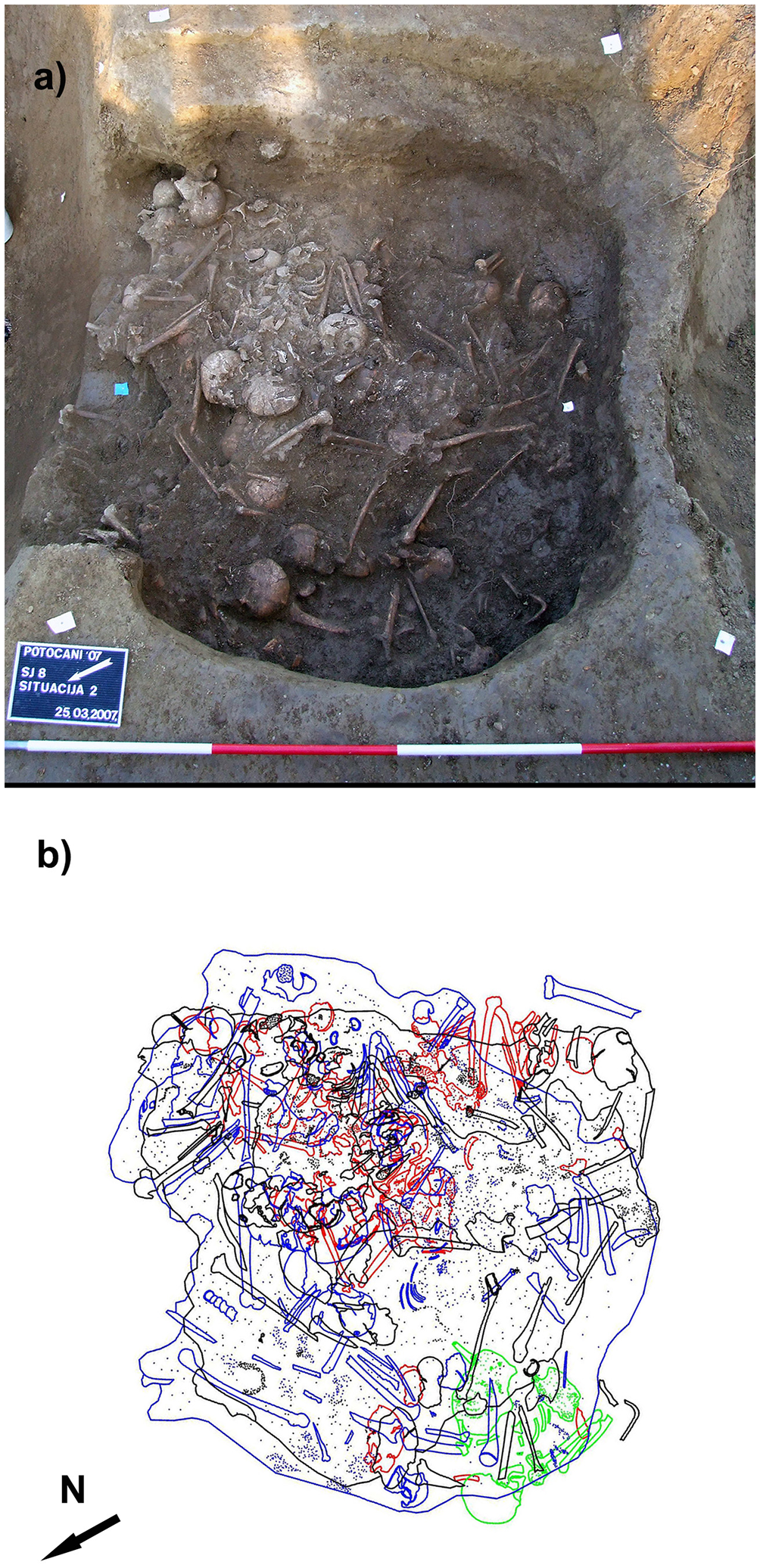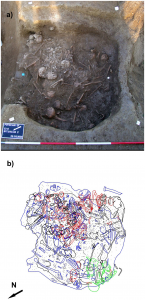Plos.org recently published an article about a massacre that occurred in Croatia nearly 6,200 years ago. The introduction reads:
“Violence on a massive scale has been present in human societies for at least 13,000 years as evidenced by numerous skeletons of both sexes and all ages showing fatal violent injuries from the cemetery of Jebel Sahaba in Sudan [1–3] which is generally regarded as representing the earliest evidence of collective violence or warfare [4]. This hypothesis was additionally strengthened by the recent publication of the massacre of a group of prehistoric hunter-gatherers near Lake Turkana in Kenya [5], although some doubt the conclusion that this site represents early intragroup violence [6]. In Europe, beside the Early Neolithic Linearbandkeramik (LBK) massacre sites of Talheim [7] and Asparn/Schletz [8], several similar examples dated to prehistoric periods have been recorded [9–13]. Paleogenomic and bioanthropological studies of ancient massacres have highlighted sites where the victims were male and plausibly died all in battle [14], or were executed members of the same family as might be expected from a killing intentionally directed at subsets of a community [13], or where the massacred individuals were plausibly members of a migrant community in conflict with previously established groups [9], or where there was evidence that the killing was part of a religious ritual [15].
“When dealing with such events in both ancient and modern contexts, we need a clear definition of the term “massacre”. Various definitions are used [16–20], and here we use the one proposed by Alfsdotter and colleagues [21] in their study of the massacre at Sandby borg: “an act of intentional murder upon a mass of people who were not prepared for battle, with the killing being conducted by a group”.
“We provide evidence of killing on a massive scale that was not directed to a specific family by generating genome-wide ancient DNA for 38 of the 41 documented massacre victims retrieved from the Eneolithic mass burial in Potočani, continental Croatia (Fig 1). The mass burial is represented by a small pit, approx. 2 m in diameter and about 1 m in depth, containing numerous commingled, in certain cases still articulated, human skeletal remains of 41 individuals of both sexes and a wide range of ages (Fig 2a and 2b). Direct radiocarbon dates (~4200 BCE) as well as several recovered pottery fragments, assign the massacred people to the Middle Eneolithic (Copper Age) Lasinja culture which was widespread in the region of continental Croatia, northern Bosnia, Slovenia, eastern Austria, and western Hungary [22–25].”
read the entire paper:
https://journals.plos.org/plosone/article?id=10.1371/journal.pone.0247332.
thanks to Soror Amy for the tip!


